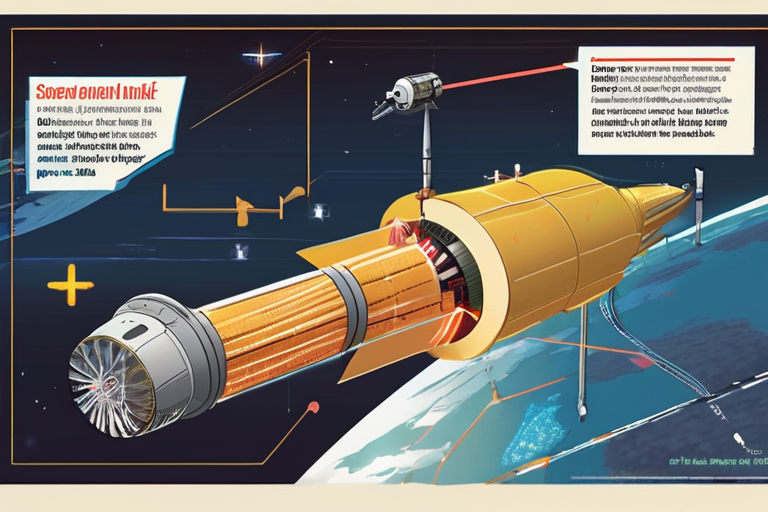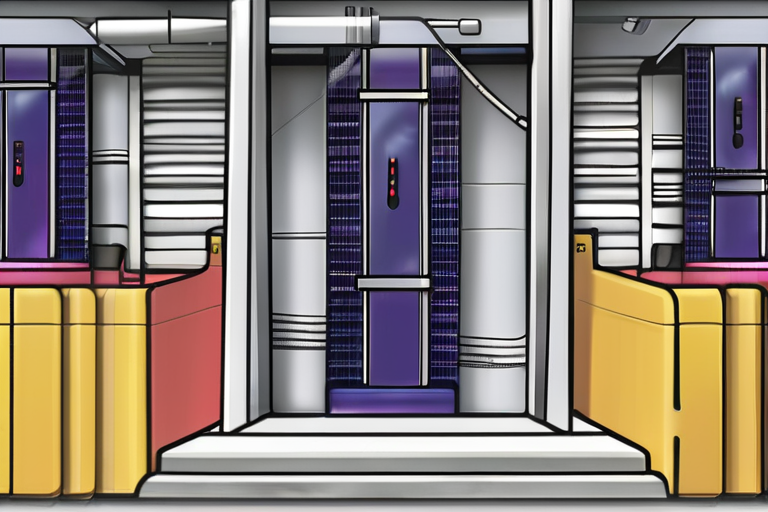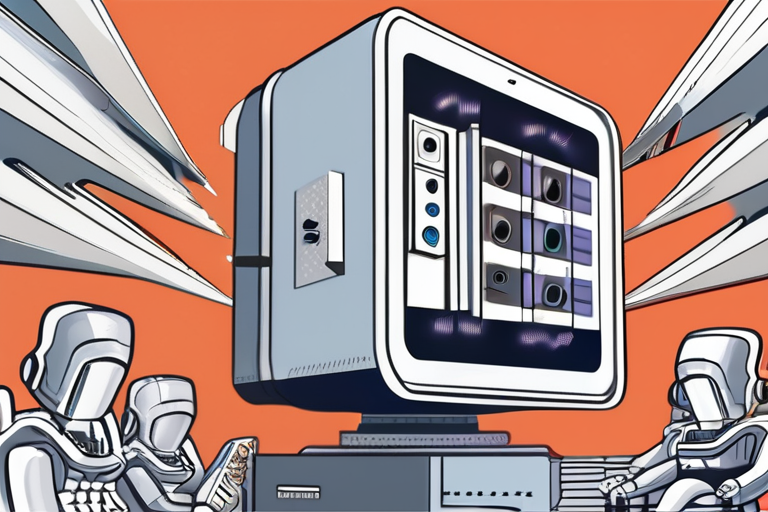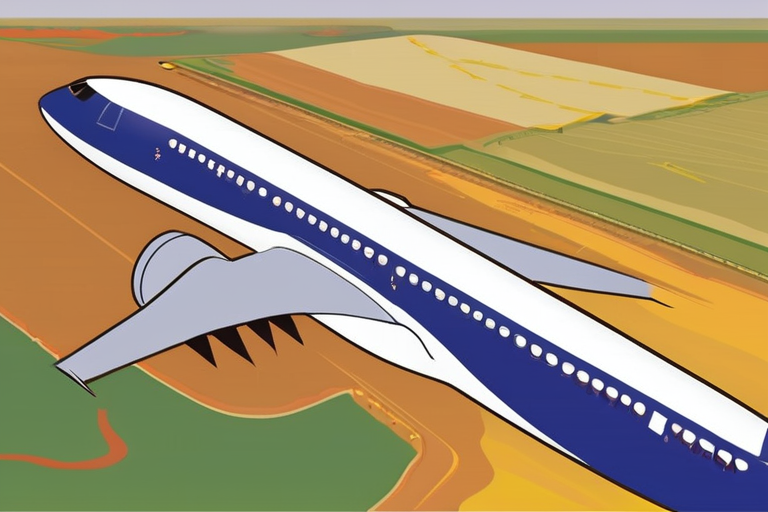Breaking News: Space Debris Risk to Air Travel on the Rise
A recent incident in mid-October, where a Boeing 737's windshield was cracked by an unknown object while cruising at 36,000 feet above Utah, has sparked concerns about the growing risk of space debris hitting commercial flights. The European Space Agency estimates that about three pieces of old space equipment, including defunct satellites and used rockets, fall into Earth's atmosphere every day. This number is expected to increase significantly by the mid-2030s, as the number of satellites in orbit grows exponentially.
According to analysts, the current number of active satellites circling the planet is around 12,900, but this is expected to rise to 100,000 in the next decade. To minimize the risk of orbital collisions, satellite operators are now guiding old satellites to burn up in the atmosphere, a process known as "de-orbiting." However, this process is not foolproof, and the risk of space debris hitting commercial flights remains a pressing concern.
The incident in Utah has prompted airlines and aviation authorities to reassess their safety protocols and procedures. The Federal Aviation Administration (FAA) has issued guidelines for airlines to follow in the event of a space debris encounter, including emergency landing procedures and communication protocols.
The growing number of satellites in orbit is a result of the increasing demand for space-based services, including telecommunications, navigation, and Earth observation. As the satellite industry continues to expand, the risk of space debris hitting commercial flights will only continue to grow unless effective measures are taken to mitigate this risk.
In the coming years, satellite operators and aviation authorities will need to work together to develop and implement more effective de-orbiting procedures and collision avoidance systems. This will require significant investment in new technologies and infrastructure, but it is a necessary step to ensure the safety of commercial air travel.



























Share & Engage Share
Share this article